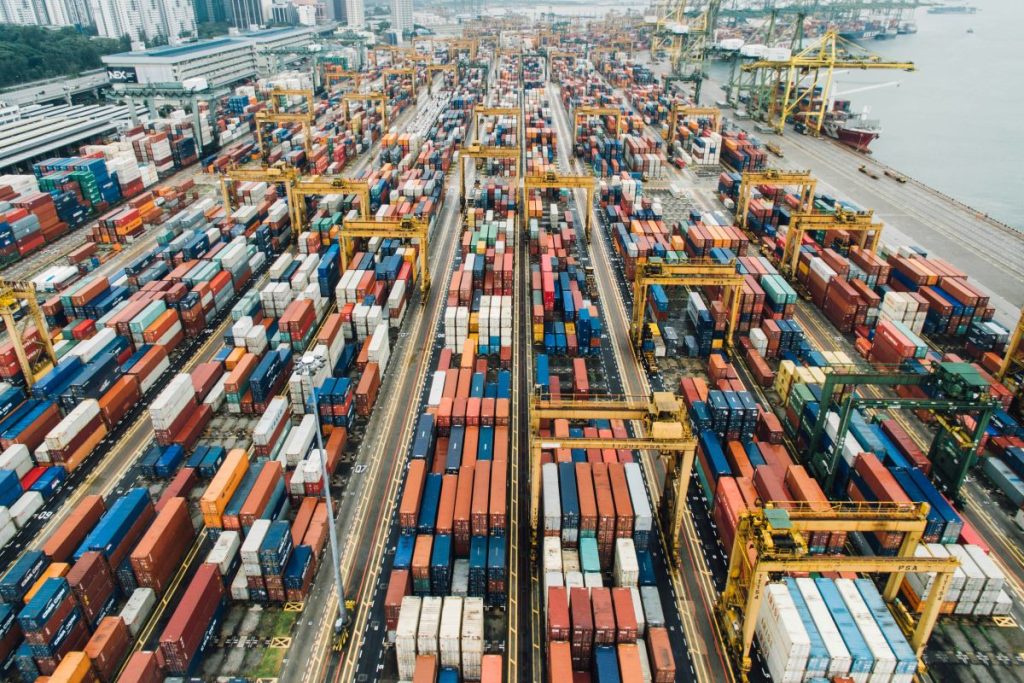US ports are witnessing a significant rise in container volumes, fueled by retailers stockpiling imports to mitigate potential disruptions. According to the National Retail Federation (NRF), American ports handled 2.17 million twenty-foot equivalent units (TEUs) in November, marking a 14.7% year-over-year (y/y) increase despite a slight dip from October. December volumes were projected to reach 2.24 million TEUs, a 19.2% y/y surge, pushing 2024’s total to an impressive 25.6 million TEUs, up 15.2% from 2023.
This growth comes as retailers prepare for potential challenges, including labor disputes and President-elect Trump’s proposed tariff hikes. The recent agreement between port employers and union longshoremen on container-handling automation narrowly averted a strike, providing some relief. However, retailers had already accelerated imports of spring merchandise to avoid potential delays and higher costs.
Forecasts Indicate Continued Growth Despite Seasonal Fluctuations
Looking ahead, January container volumes are forecasted at 2.16 million TEUs, a 10% y/y increase. February is expected to see a 4.5% decline to 1.87 million TEUs due to Lunar New Year factory shutdowns in China. March and April are projected to rebound with 10.6% and 8% y/y growth, respectively, while May is anticipated to rise by 5.9% to 2.2 million TEUs.
The NRF and industry experts highlight the impact of front-loaded cargo, driven by fears of labor disruptions and tariff increases. While the new labor agreement provides short-term stability, the long-term effects of tariff policies on import volumes remain uncertain.
Preparing Supply Chains for Resilience Amid Growth and Uncertainty
The surge in container volumes underscores the resilience and adaptability of the supply chain industry. However, the reliance on stockpiling as a strategy highlights vulnerabilities in the system. Supply chain leaders must continue to focus on diversifying sourcing strategies and enhancing operational flexibility to navigate future uncertainties effectively.








